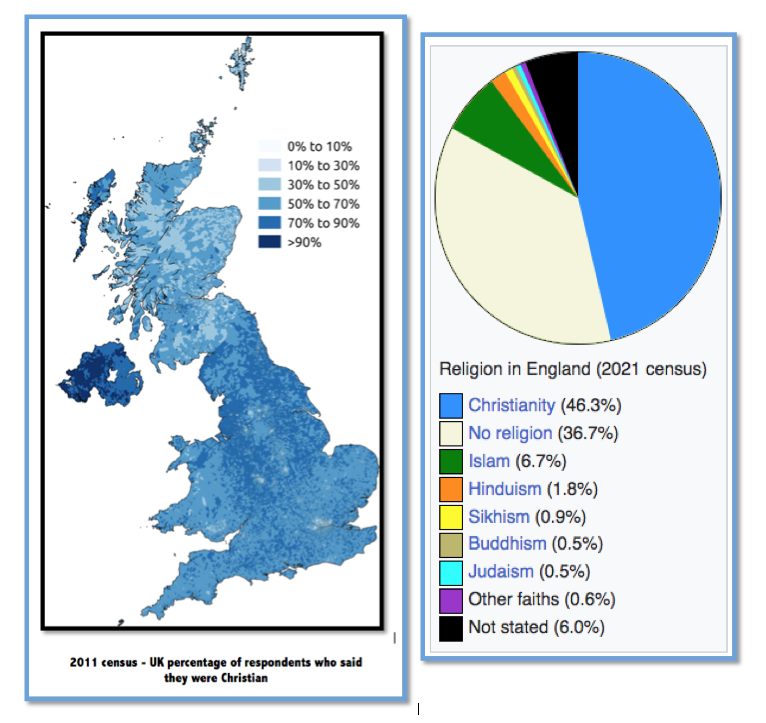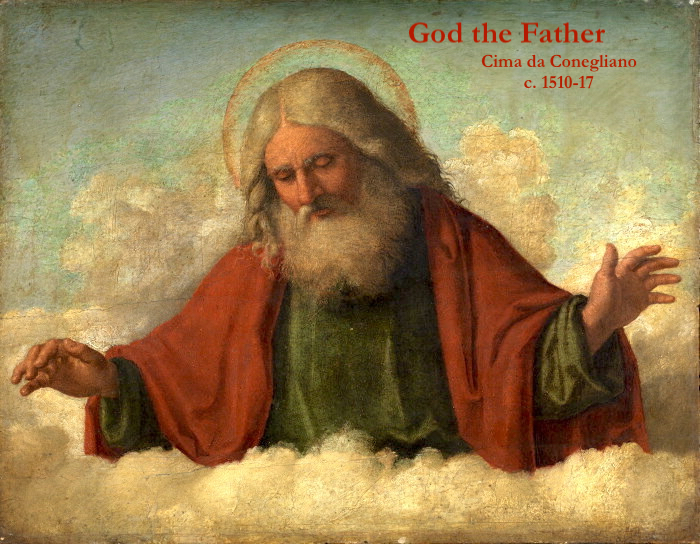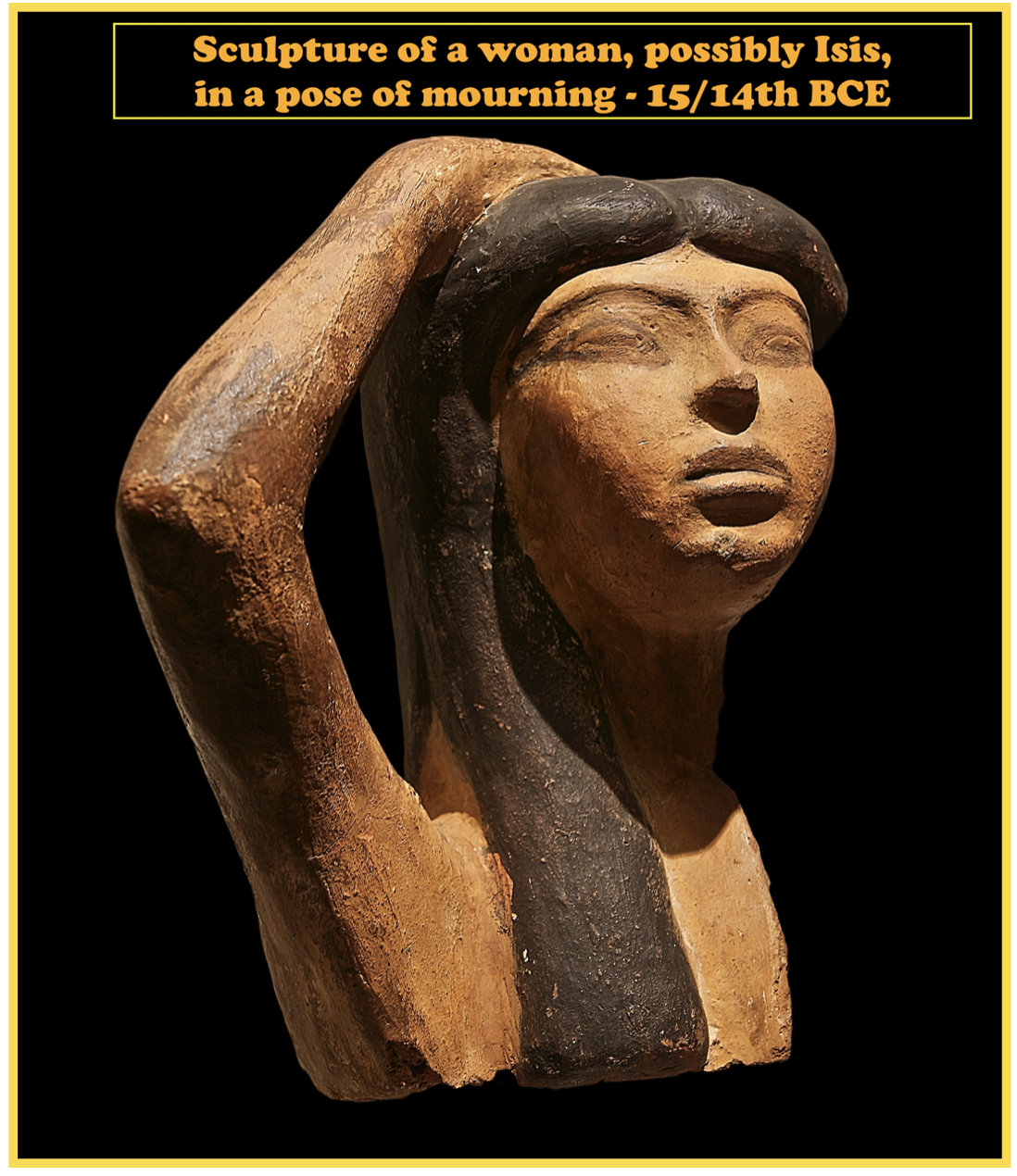Culture & Society
Woke Wars
The Editor, The Rev'd Dr. Nicholas Henderson writes in his Editorial: The etymology of the adjective ‘woke’ is interesting, not least as the word seems central to the so-called culture wars currently ranging in the United States and in many other countries, including the United Kingdom. ...
RELIGION & SECULARISM – a reflection
The Rt Rev'd Dr. Keerthisiri Fernando writes: There is an impression today that in Britain many sociologists studying religion are preoccupied with debates on secularisation, modernism and postmodernism theories, to prove or disprove the significance of religion in modern British society. This has been happening in the context of some conflict between religion and secularisation. ...
The frog in the pan – reflections on the ‘culture of church’
Bishop Robert Paterson writes: “Increasingly, the culture of ‘church’, particularly in those churches that are old and hard of hearing, is alien to most people. Most people do not customarily gather on Sunday mornings to sing in chorus with others, handling books (let alone several of them), sitting on wooden benches in cool buildings, ...
Open Letter on Assisted Dying 27th September 2023
Rabbi Jonathan Romain (Chair - Dignity in Dying) writes an Open Letter: Dear colleagues, If you have not already come across them, I thought you might like to see two news items: ...
The rise and rise of autocracy
The Editor - The Rev'd Dr. Nicholas Henderson writes: Democracy is the de jure status of the world with only Saudi Arabia, Oman, the United Arab Emirates, Brunei, Afghanistan and the Vatican not claiming that system. The question must therefore arise as to what democracy really is? ...
Addressing God … Guest Editorial
Guest Editor, Michael Collins writes: It has been well observed that fidelity to tradition must be a creative fidelity. That prompts me as an historian to reflect on what tradition really is and how it comes to be. This question is of fundamental importance to those Anglicans especially who locate themselves in the catholic wing of the Church, since Tradition along with the Bible and Reason, serves as one of the sources of Anglican theology supplementary to Scripture and hence to teaching and practice. Thus, we must ask what we are being faithful to, and what is its character? To what extent is Tradition a product of history and thus in principle mutable, and to what extent is it a source of revelation independent of the Bible? For many catholic-inclined Anglicans, the Bible indeed, rather than an ahistorical deposit, is itself part of Tradition. Anglicans assert that Tradition cannot be in conflict with Scripture and if it appears to be must be reconciled with Scripture or corrected by Scripture. That position in turn invites the question of what we take Scripture to be because at the root of all these discussions is the human quest for certainty in religion and hence of the locus of authority. ...
‘In God we Trust’ – Editorial, Easter 2023
The Editor,The Rev'd Dr. Nicholas Henderson writes in the Easter Editorial: ‘In God we Trust’– a phrase that appears on American banknotes and coinage – was first approved by Congress in 1864 during the American Civil War. The provenance of the phrase isn’t biblical but comes rather from the American National Anthem, a stanza at the end of the fourth and final rarely sung verse: “And this be our motto: In God is our trust. And the Star-Spangled Banner in triumph shall wave, O’er the land of the free and the home of the brave.” The anthem is itself an exposition of a poem ‘The Defence of Fort McHenry’ by Frances Scott Key during the War of 1812 against the British. It seems today that the banknote rather than the motto has elicited more faith than a sinking conventional religious affiliation and patriotism. ...
A Marian Odyssey
Professor James Stevens Curl writes on the origins and enduring status of Marian devotions: Having spent a considerable part of a life immersed in ecclesiology in rural England, I could hardly be left unaware of the remaining legacy of the widespread devotion to the Blessed Virgin Mary that had managed to survive the iconoclasm of the 16th and 17th centuries, not just in terms of the enormous numbers of churches given Her name, but the evidence that remained in sculptures, symbols, glass, illuminated manuscripts, and music. ... As the Christian Church developed its rituals, terms such as eucharistia and ecclesiæ would have been familiar to devotees of Isis and Serapis, so the move from the Nilotic religions to that of Christ would not have been a huge jump for an Isiac in the Græco-Roman world. With the acceptance of Egyptian deities into the Roman religious systems, a certain blurring of identities occurred (the association of Isis with Diana of Ephesus is just one example), and it was nothing extraordinary to see Isis/Diana/Hathor/Aphrodite as a prototypical Madonna. There were precedents in plenty. ... This blurring continued after Christianity had become the State Religion, and the fact that Isis shares so many titles and attribute with the Madonna cannot be overlooked. Isis continued to attract her devotees, and her symbols, including the lily and the fountain, proliferated, as did her names. Significantly, the cult of the Virgin Mary dates from a time very near the period of the destruction of the Alexandrian Serapeion and other Nilotic shrines. The Gnostics held that Isis and the Virgin Mary shared attributes, and when the dogma of the All-Holy Virgin Mother of God was adopted in 431 at Ephesus (of all places), the theologians could not have been unaware of the importance of Isis and of Diana, the Great Goddess. Indeed, the Council of Ephesus, anxious to resolve the Nestorian controversy, first gave official recognition to the elevation of Christ’s Mother, and in so doing acknowledged the position of Isis throughout the civilised world, for such an œcumenical goddess was a challenge to Christianity and its ascetic philosophies that were repugnant to many in the Empire. ...
Pope Benedict XVI and Modernism—an assessment
Professor James Stevens Curl assesses Pope Benedict XVI in the light of today's modernism: The death of Joseph Maria Aloisius Ratzinger (1927-2022), who reigned as Pope Benedict XVI from 2005 until 2013, triggered various sobering thoughts in these benighted times. A diligent scholar, with a fine mind, he was unusual: a Pope of Æsthetics, a lover of Bach and Mozart, he reminded an increasingly ugly and debased world that there is such a thing as beauty, a term which Modernism denies has any validity, because relativism has devalued it, even questioned its very existence. He connected the Church with Art, championed Latin and Tradition, and valued the Tridentine Mass. Given that Southern Germany possesses a wealth of delicious Baroque and Rococo churches, the architectural parallels of the music of Bach and Mozart, it is hardly surprising that Ratzinger responded to their astonishing, joyous, exquisite beauty. ...
Dreaming of World Peace
Bishop Trevor Mwamba writes: In October 1962 the United States and the Soviet Union wobbled dangerously close towards a nuclear war caused by the Cuban Missile crisis. However, because of intelligent leadership the catastrophe was avoided. The Soviet Union had placed missiles in Cuba after the United States had placed Jupiter missiles in Turkey and Italy. To resolve the crisis a secret pact was agreed in which the Soviet Union removed their missiles from Cuba and the United States quietly from Turkey and Italy months later. Being a secret pact many in the West thought the Americans won the confrontation through an unrelenting display of power and the threat of nuclear escalation. To the contrary a nuclear war was prevented because of compromise on both sides. It was possible because both President John F. Kennedy and Chairman Khrushchev in good faith were able to negotiate with each. This good faith is reflected in a letter Mrs Jacqueline Kennedy wrote to Chairman Nikita Khrushchev on December 1st 1963. It was one of her last nights in the White House after the assassination of her husband. It’s inspiring, it’s elegant, it’s moving, especially in its idea of big men and little men and the consequences of leadership thereof. ...










